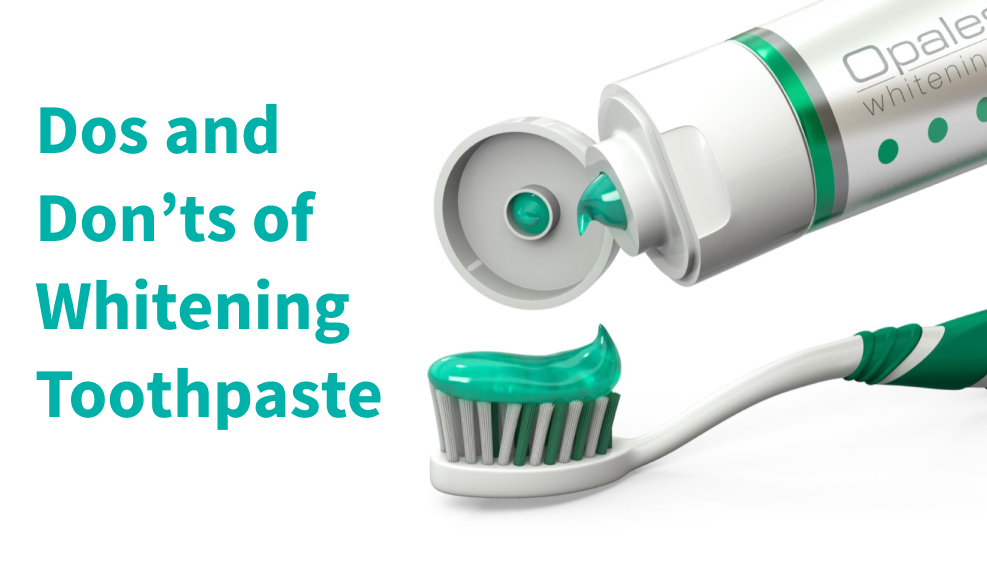There’s no shortage of questions surrounding teeth whitening, especially when it comes to toothpastes claiming to do the trick. What’s the best teeth whitening toothpaste? How does teeth whitening toothpaste work? Will teeth whitening toothpaste cause sensitivity? Which toothpastes will give you the best teeth whitening results without damaging your teeth? Does whitening toothpaste also offer cavity protection and oral health benefits, or do I need a separate toothpaste for that?
With these frequently asked questions—and so many teeth whitening toothpaste brands available on the market—it can be a challenge to know what to look for when choosing the right option for you.
Options For Whitening Your Teeth
First and foremost, it’s important to understand that there are two ways to whiten your teeth. One is by whitening intrinsically (from the inside out). Active ingredients like hydrogen peroxide or carbamide peroxide, which lighten deep-seated staining or yellowing on the teeth through a chemical whitening process, is how products like Opalescence Go™ whitening and Opalescence™ PF teeth whitening work. While there may be some toothpastes on the market containing peroxide, the key to teeth whitening is the amount of time the peroxide stays in contact with the teeth. Brushing with toothpaste containing peroxide (which all contain a very low amount of peroxide, nonetheless) for two minutes and spitting it out will show little to no benefit in whitening.
The other way to whiten your teeth is extrinsically, which means removing mild stains from the outer surfaces of the teeth.

Opalescence Teeth Whitening Systems product family
That’s where teeth whitening toothpaste comes in! Teeth whitening toothpastes, like the dentist-formulated Opalescence™ Whitening Toothpaste, work by removing external stains (like minor tea, coffee, and wine stains) by gently scrubbing the surface through light, safe abrasion.
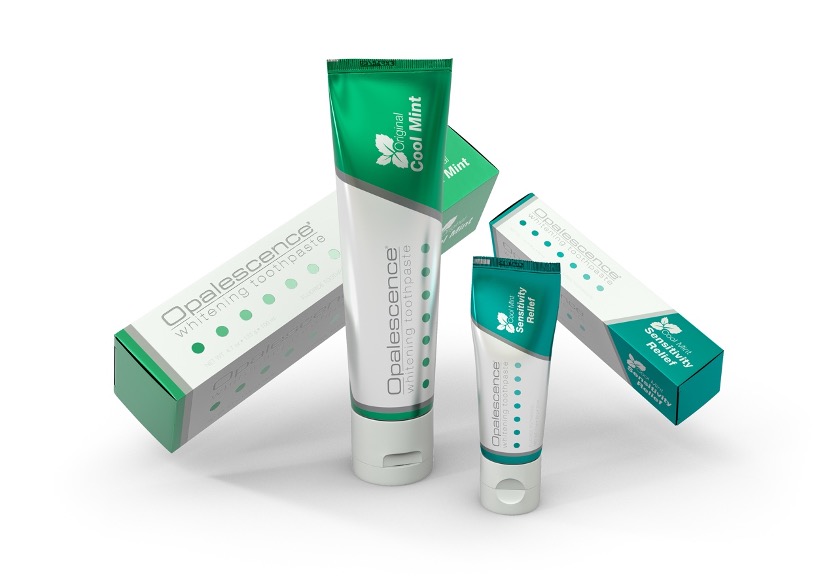
Opalescence Whitening Toothpaste
Furthermore, because the American Dental Association recommends brushing at least twice a day, it’s important to look for a toothpaste that will remove everyday staining. So, you need to be able to use it frequently and long-term.
Finding the Right Amount of Abrasion in a Whitening Toothpaste
Ideal teeth whitening toothpaste will have the proper level of abrasion to remove mild surface staining, while still being light enough in abrasion to avoid enamel scratching and damage.
Think of the apricot face scrubs many of us grew up washing our faces with, only to find out later that the intense abrasiveness damaged the skin. With teeth whitening toothpaste, some abrasion is good, but not too much is… well… too much.
For long-term everyday stain removal and brightening, your whitening toothpaste should have a medium rated relative dentin abrasionm (RDA). Toothpastes with very high RDA’s (the toothpaste’s RDA should be found on the manufacturer’s website) are often only indicated for short-term use. Anything past recommended use of these carries the possibility of damaging the enamel (depending on the user’s brushing habits).

Opalescence Whitening Toothpaste features the lowest dentin abrasion rates4 when compared to other leading whitening toothpastes on the market. It’s safe for every day, twice-a-day use.
Should I Mix Charcoal or Baking Soda with My Toothpaste to Whiten My Teeth?
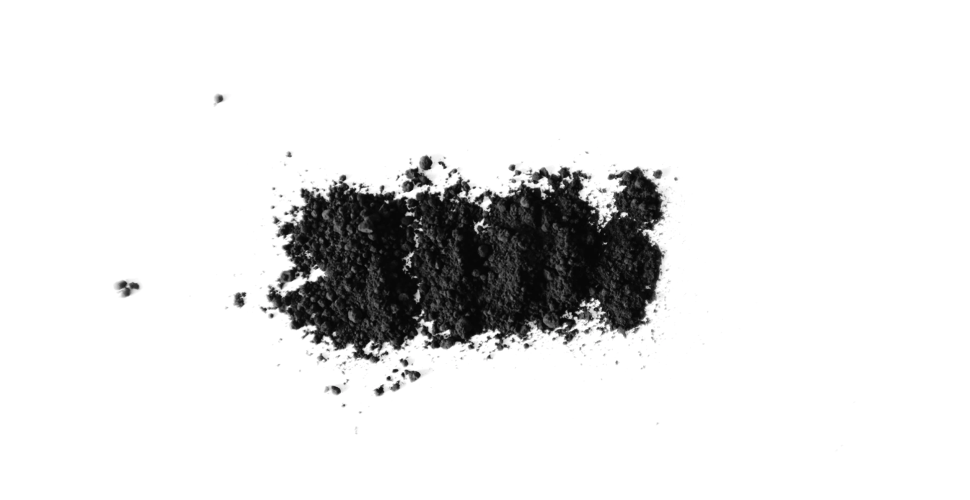
Activated Charcoal, a trendy, but risky DIY abrasive used by some to attempt to whiten their teeth
Looking beyond store-bought brands, many DIY-enthusiasts have uploaded videos and how-to guides for “natural” teeth whitening. Most of these recommend abrasive ingredients like charcoal and baking soda. In fact, as referenced in a study by the Journal of the American Dental Association, civilization has been adding various abrasives to their “toothpastes” for over a millennia:
“Ancient Greeks used a mixture of burned shells, coral, talc, salt, and honey, and ancient Romans used a blend of crushed bones and oyster shells plus powdered charcoal and bark. More recently, in the 18thcentury, reports indicated that the British included brick dust and crushed china in their tooth powder.”
Sure, some of these might seem silly. But a quick check on Pinterest shows perhaps some of us aren’t as evolved from Roman and Greek civilization as we thought (at least when it comes to brushing our teeth)!
While it would take perhaps an entire book to analyze the abrasiveness, effectiveness, and safety of every toothpaste used throughout history, we can address the most commonly seen methods touted by TikTokers, Pinterest users, and bloggers—and set the record straight.
When it comes to using activated charcoal as a homemade teeth whitening ingredient (or toothpaste additive), there isn't any credible scientific evidence proving that using activated charcoal to brush your teeth is safer, more effective, or better than regular toothpaste.
Some dentists even suggest that brushing your teeth with activated charcoal not only makes a big mess, but it also can settle at the gingival margins—this means hygienists often have to go in and scrape it out from the patient’s gum line. Charcoal can also be more abrasive on enamanel than what you'd want.
When it comes to gentle abrasives like baking soda, the senior director of formulation technology at Ultradent Products Inc., Peter Allred, says, “While it might be more effective than zero abrasion, a toothpaste that uses baking soda as its abrasive is going to have such a low level of abrasiveness that a frequent coffee or wine drinker will most likely still see stains accumulating on the teeth. Sure, it might be harmless, but it’s not going to get you the result you’re looking for in terms of adequate stain removal for those tougher stains.”
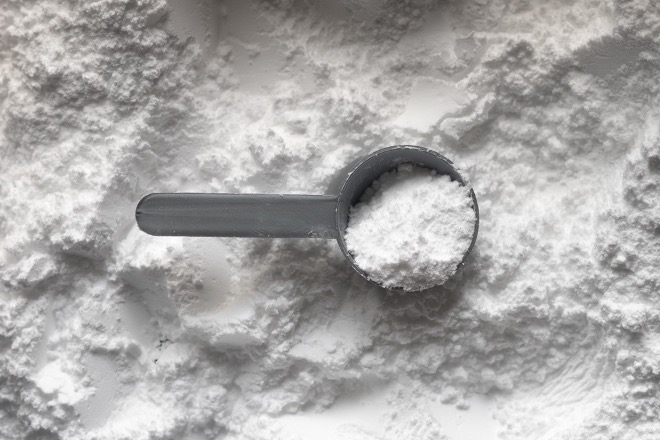 Baking soda, another popular DIY toothpaste additive or replacement
Baking soda, another popular DIY toothpaste additive or replacement
In fact, the particles in baking soda may seem grittier because of their rough-edged structure. But researchers like Allred played a key role in formulating Opalescence Whitening Toothpaste. They found that rounded silica particles provide more effective grit when it comes to removing surface stains with toothpaste than baking soda. While many teeth whitening toothpastes employ the use of silica particles, Allred says, “Our abrasive in Opalescence Whitening Toothpaste uses a combination of a unique blend of silicas that both scour (or clean) the teeth, and then polish them at the same time— making it a great combination (along with fluoride and other proven ingredients) for eliminating caries-inducing bacteria and stain removal.”
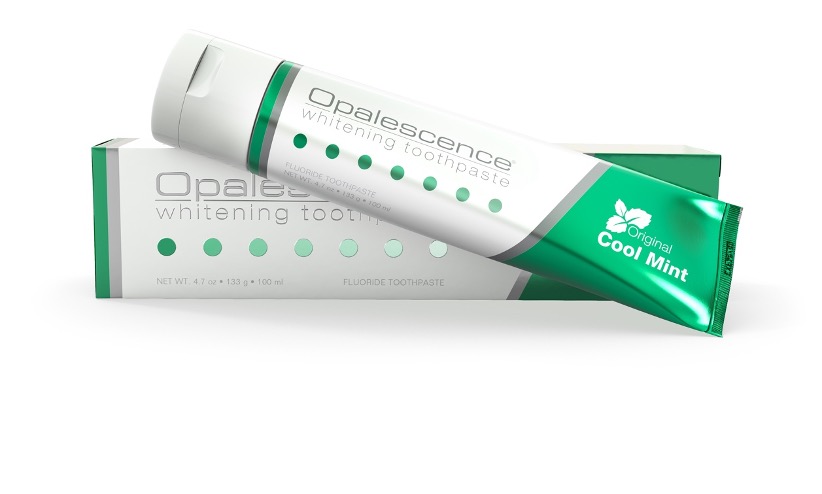 Opalescence Whitening Toothpaste, which also comes in a sensitivity relief formula
Opalescence Whitening Toothpaste, which also comes in a sensitivity relief formula
Are Toothpastes Containing Hydrogen Peroxide Safe?
“The only substance proven to actually whiten tooth enamel color is peroxide—both hydrogen peroxide and carbamide peroxide,” says Peter Allred. Although, he’s quick to add some caveats (especially when it comes to toothpaste that contains hydrogen peroxide).
Allred explains, “For hydrogen peroxide to work, it requires concentration and a certain amount of duration of contact with the tooth. The typical hydrogen peroxide toothpaste on the market has around 1% hydrogen peroxide concentration, give or take, and that makes for simply not enough time in contact with the teeth, and not a high enough concentration to make a huge improvement. These toothpastes, along with their abrasives, may whiten the teeth slightly, but it’s certainly not the most effective way to whiten your teeth.”
He adds, “Toothpastes containing hydrogen peroxide, on a chemical level, also just don’t have very good stability. By the time the product gets through distribution and into the consumer’s hands, the hydrogen peroxide is most likely much less effective and potent (especially given the small amount that’s in the toothpaste to begin with). Hydrogen peroxide, especially when it comes into contact with all of the other ingredients in the toothpaste, is incredibly unstable. I wouldn’t be surprised if with a hydrogen peroxide toothpaste, there’s any hydrogen peroxide even remaining once the consumer gets to the end of the tube.”
Instead, Allred recommends a teeth whitening gel that remains in constant contact with the tooth for a therapeutic amount of time, like Ultradent’s Opalescence Go whitening, Opalescence PF whitening, or Opalescence™ BOOST™ in-office whitening, and then using Opalescence Whitening Toothpaste for daily stain maintenance.
Click here to purchase Opalescence Whitening Toothpaste, and click here to learn more about Opalescence Teeth Whitening Systems.
- Schemehorn BR, et al. Enamel fluoride uptake study. Indianapolis: Dental Product Testing Therametric Technologies, Indiana University Emerging Technologies Center. 2009.
- Schemehorn BR, et al. Relative dentin abrasion test on dentifrices. Indianapolis: Dental Product Testing Therametric Technologies, Indiana University Emerging Technologies Center. 2011.
- Browning WD, Myers M, Downey M, Pohjola RM, Brackett WW. Report on low sensitivity whiteners. J Dent Res. 85(Spec Iss A):1650, 2006 (www.dentalresearch.org).
- Schemehorn BR. Relative dentin abrasion test on dentifrices. Data on file.
- * Not a registered trademark of Ultradent Products, Inc.
- ** If sensitivity persists after four weeks of use, consult your dentist.


